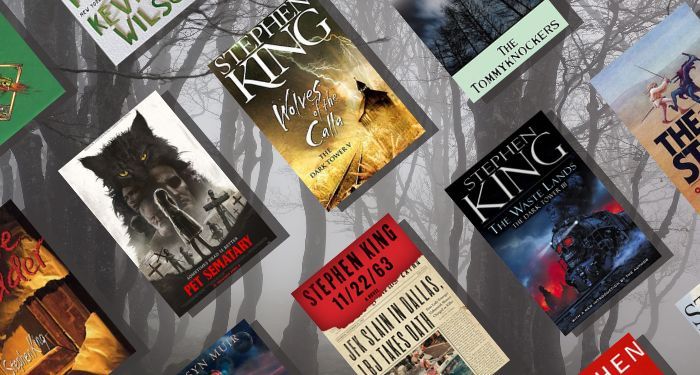
The Elusive Accurate Stephen King Adaptation
Oh Stephen King film adaptation, that great brass ring of horror films. Many have attempted to reach you for years, and yet they almost always fall short. Some have managed to make great, timeless movies that are utter failures as adaptations. Largely, the accurate Stephen King adaptation has proven the film maker’s white whale. To date there have been more than 80 adaptations of King’s vast catalogue of fiction. Big screen, small screen, miniseries, episodes of anthologies, and yes, even the stage. Directors of varying degrees of pedigree and experience have made the attempt, and passed or failed in the endeavor with seemingly no correlation to their respective resumes.
So what is it about the works of an author so prolific that makes the material nearly impossible to accurately translate to the screen? Is it the breadth and depth of his work? Are the characters too complicated to accurately portray on the screen? Is it the twists and turns that can at times move at breakneck speeds? Is it the sheer size of some of his novels? To analyze each and every adaptation would be a book series in and of itself, but let’s take a look at a few of these adaptations and see what may have gone right, or terribly wrong.
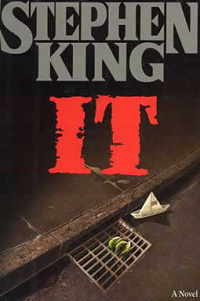
IT
At 1138 pages, a hardbound copy of IT could very likely stop a small caliber bullet or musket ball. Great if you’re walking down a dark alley and may need an obvious self defense tool. Not so great if you’re trying to boil the work down to two and a half hours at most. This particular story has been presented as both an eight-hour miniseries in 1990 and a two-part feature length film series in 2017 and 2019. Both have their audiences, though some argue those of us who are fans of the original adaptation remember the miniseries through rose-colored nostalgia glasses. You might think a miniseries would have more time to work through the lengthy tome, but that version clocks in at three hours and 12 seconds. When you take the two-part feature length movies as a whole they clock in at five hours and four minutes. So it isn’t the hours dedicated to the story that dictates success in this case. My personal theory is in the ratings for both adaptations.
The miniseries aired on ABC and was stuck with a PG rating. That tends to cut out more of the more graphic and horrific bits of the story. The two movies conversely could play in the R-rated playground. At points, both adaptations tackle tricky details in their own way. The character of Pennywise is not a simple task. This character alone woke many a young person up to their varying levels of coulrophobia. Tim Curry took the otherworldly creature off the page and made it a truly sadistic monster praying upon the youth of Derry, Maine, relishing their screams. Bill Skarsgård, conversely, plays the character as a deeply hungry creature in grease paint relishing the hunt. His version makes them fat and juicy with fear before dragging them down where we all float. And we all waited with bated breath to see how the newest movie would handle the space spider reveal. I’ll let you draw your own conclusion regarding who wore eight legs better.
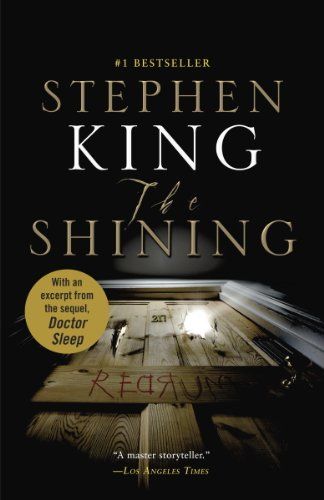
The Shining
Stanley Kubrick’s 1980 adaptation of The Shining is particularly divisive. King himself has stated in many interviews he is not fond of this take on his story. This is a clear case of the author having one idea, the filmmaker having another, and never the twain shall meet. Kubrick wanted to make one of the pivotal horror movies. That film by which all other horror movies are measured. When an artist walks in with grand ideas it doesn’t leave much work for the grand ideas of another artist.
We can start with those small detail changes, like the car the Torrence family drives to the Overlook Hotel, or the name of the titular patriarch himself. In the book King names him John. In Kubrick’s version our doomed father is Jack. Though one has to ponder, would that classic line delivered by an ax-wielding madman have made more sense if John had said, “Here’s Johnny” rather than Jack? The world may never know. This one may be a bit of a shocker, but the iconic twins coaxing young Danny to come play with them for eternity do not exist in the book. There are plenty of other terrors to shape the poor boy into the man he will become in Dr. Sleep without the blue dressed demons in frills and curls. The bloody elevator tidal wave is also a Kubrick creation rather than King. Not all changes are so benign though.
Jack (John) and Wendy’s (the parents) motivations and characterizations are completely different from book to film. Sure both Jack and John are driven to madness, but it’s the reason and the journey that matters. Wendy is entirely different both in her reactions to situations and how she interacts with both her son and crumbling husband. In the book Wendy is a blonde bombshell who sticks up to John throughout the book as best she can. Shelley Duvall, however, is a brunette famously tormented by Kubrick himself into a broken woman holding on as best she can to her family while trying to protect her very unique child. The garden that plays a pivotal role in the novel is replaced by a hedge maze that serves as Jack’s final frozen resting place. Despite heavy criticism from King himself, Kubrick did get his way in the end. The Shining will always be remembered as the haunted hotel movie by which all other haunted hotels are judged.
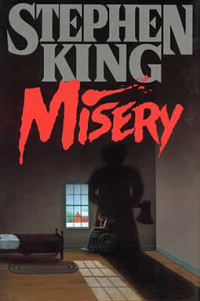
Misery
I would be remiss if I did not turn for a moment to Misery. This one is heralded to this day as one of the most accurate adaptations of a King story. Never before has the phrase “I’m your number one fan” elicited so much terror. Kathy Bates won a rare Best Actress Academy Award for her portrayal of the complex and unhinged Annie Wilkes. Very seldom does a horror movie win an Oscar. James Caan portrayed a writer who has fallen out of love with his work and into the hands of his most ardent admirer.
It’s difficult to discuss the differences between the movie and the book because they are so minimal in number, or make sense in the passage of the movie while staying true to the story as a whole. The reveal that Annie is off her gourd is more of a slow burn in the movie. Paul Sheldon realizes pretty quick that Annie is unstable in the novel. The N key missing from the typewriter is a nice detail, but also like the insanity reveal does not impact the story as a whole.
There is sort of a universal big three when it comes to differences between the book and the movie. First, there’s our hopeful savior character. In the book we have Duane Kushner, a state trooper who meets an impressively grizzly end. His cinema counterpart Sheriff Buster meets an arguably kinder end. Second, the famous hobbling scene. In the movie Annie wields a sledge hammer and a block of four by four to ensure Paul will never leave. In the book Annie takes an ax to his feet, while a blowtorch solves the problem of bleeding out. Third, and finally, the ultimate demise of Annie and Paul’s freedom is very different. In both versions a head injury frees Paul from Annie’s clutches, but the method by which she struggles with Paul and then cracks her head open differs. I’m not sure which is the more poetic end. In the novel she’s driven to exact revenge upon Paul and holds on long enough to reach for the weapon. In the movie she’s taken out by a trio of her favorite things; Paul, his typewriter, and her pig iron.
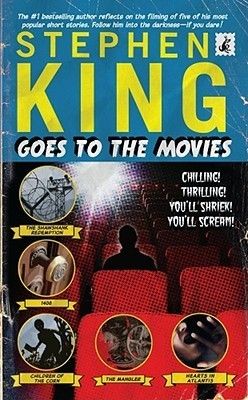
Other Stephen King Adaptations
You can lose yourself in the world of comparing page to celluloid. There are entire books and compilations dedicated to Stephen King adaptations. For example, Stephen King Goes to the Movies. This collection takes a look at five short stories: The Shawshank Redemption, 1408, Children of the Corn, The Mangler, and Hearts in Atlantis. It’s interesting that the movie titles are provided first, and in some cases the actual story title is listed in parentheses; such as Hearts in Atlantis (Low Men in Yellow Coats).
Before each short story we are provided a comparison by the author himself between the original story and the movie. He gives us honest opinions regarding the success or failure of the adaptation, and a few notes. Some, like The Shawshank Redemption, are rather complimentary, praising the director for lining up so beautifully with the original work. Then of course there is The Mangler, which proves a shorter King story does not an accurate adaptation make, but to be fair to Tobe Hooper how exactly does one create an accurate portrayal of a bloodthirsty possessed industrial front iron load machine? King himself talks about how very far off the rails Children of the Corn plummets with its endless stream of adaptations and sequels. In the last section listed on the index page we are treated to the author’s very own top ten as of the original publication of this compendium in 2009. This is just one book on the subject of film vs written word, but the game of spot the difference in King’s world provides endless entertainment without the assistance of a guide book.
And one final tidbit for any aspiring filmmakers out there in Riotland. If you’re looking for an educational project the prolific author has a special deal. Select short stories can be licensed for only one dollar, though the rules must be followed to the letter. It cannot be shown in theaters, put online, released commercially, or have a monetary benefit. It is to be used as an educational tool, and can be shown as part of a film festival. So film students struggling for inspiration dig deep into his shorts, and see if that cracks the filmmaker’s equivalent of writer’s block. Before taking on the task ask yourself the following questions: Will you stay as true to the original work as possible? Will you use it as a framework for the horror movie you want to make? How will you marry your vision with the stories and characters with one of the most prolific authors of our age?













